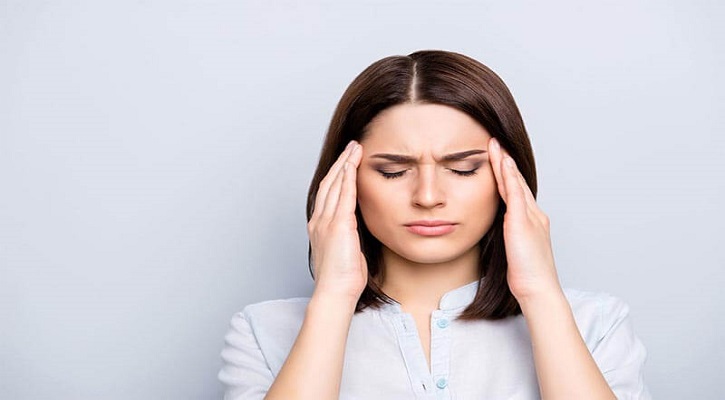
How to identify secondary headaches?
- Womenscorner Desk
- September 15, 2020
A secondary headache is a symptom of something else, often the result of when a medication is stopped, during the menstrual cycle, after ceasing caffeine, aftermath of a hangover, or after a head injury.
Medication-overuse headaches : A medication-overuse headache (MOH) sometimes known as a “rebound headache” is the most common type of secondary headache. A MOH is a frequent or daily headache with symptoms similar to tension or migraine, and can occur when someone takes painkillers for more than 15 days per month. Medications that may cause MOH include opioid painkillers, acetaminophen, aspirin, or ibuprofen. Even if someone is taking the medication as directed, a MOH may still occur. The only treatment for MOH is to stop taking the medication causing the headaches. Anybody stopping medication should do so under the supervision of a doctor.
Read More : Nature Calms For Your Nerves & Anxiety
Sinus headaches : Sinus headaches are caused by a swelling of the sinuses, often resulting from an infection or allergy. This type of pain is a dull, throbbing ache around the eyes, cheeks, and forehead. The pain may worsen with movement or straining and can sometimes spread to the teeth and jaw. These headaches are usually accompanied by a thick green or yellow nasal discharge. Other symptoms may include blocked nose, fever, nausea, and light or sound sensitivity. Sinus headaches can be treated with OTC painkillers and nasal decongestants. People should see a doctor if symptoms do not improve within a week.
Read More : How to Identify a Primary Headache
Caffeine-related headaches : Heavy caffeine consumption more than four cups of coffee can sometimes lead to headaches. For people consuming considerable (more than 200mg) caffeine over two weeks or more, who then abruptly cease use of caffeine, may experience withdrawal or migraine-like headaches. These typically develop within 24 hours after stopping caffeine. Other possible symptoms include fatigue, irritability, or nausea. Symptoms are often relieved within an hour of resuming caffeine. The headache will often resolve within seven days after complete withdrawal.
Menstrual headaches : Many headaches are often related to changes in hormone levels. In women, migraine is frequently linked with periods due to natural changes in estrogen levels. Menstrual migraines develop in the days just before or during a period, or sometimes during ovulation. Hormone-related headaches can also be caused by birth control, menopause, or pregnancy. Symptoms are similar to migraine without aura, but can last longer. Treatment for a menstrual headache is the same as the treatment for migraine. Doctors can advise about possible preventive measures, including hormone therapy, taking over-the-counter medications, or taking hormone-replacement therapy.
Read More : Aloe Vera For Weight Loss
Hangover headaches : Most of us have been there consuming too much alcohol can lead to a throbbing headache the next morning, or even later that day. These migraine-like headaches are usually felt on both sides of the head and are made worse by movement. Someone who has a hangover headache may also experience nausea and sensitivity to light.
There are no cures for hangovers, but it is possible to relieve symptoms by drinking plenty of water and eating sugary foods. OTC painkillers may help reduce or stop
the headache pain. Usually hangover headaches will go away in two to three days. The risk of getting a hangover can be reduced by not drinking on an empty stomach and drinking water between alcoholic beverages and before going to bed.
Source : Google





